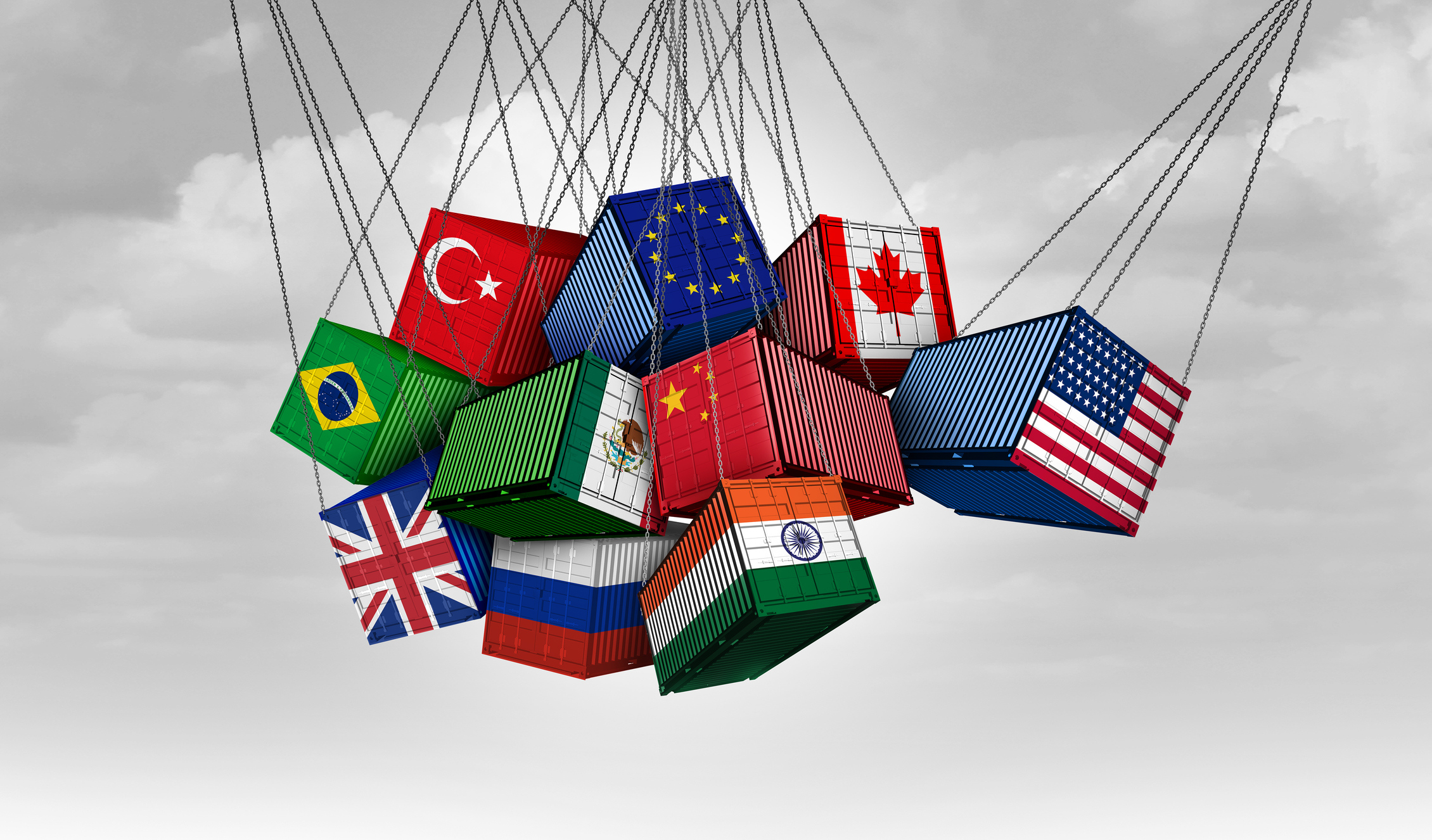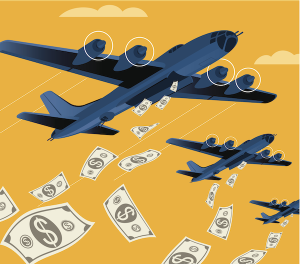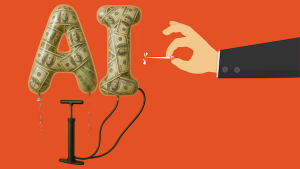In virtually every economics textbook free trade is taught as if it is gospel. This has led to a virtually unanimous consensus that free trade is superior to erecting tariffs and other trade barriers in virtually all cases. The basis for this consensus is that the theory of comparative advantage demonstrates that eliminating tariffs is always a win-win for both trading partners. Unsurprisingly, free trade became the dominant trade policy for many decades, until the advent of the first, and particularly the second, Trump administration. However, careful consideration of the welfare economics behind pro-free-trade arguments demonstrates a serious flaw.
The key flaw is aggregation. Proving that “eliminating tariffs is a win-win for both trading partners” is only relevant to situations in which there are, actually, two trading partners; if each “partner” is an aggregate of thousands or millions of individuals, there is no result that each one of these individuals benefits from free trade. This was obvious in the early 19th century English debate on the Corn Laws: removing tariffs on imported food drew opposition from landlords, and the landlords were being completely rational: their incomes would fall if free trade was adopted. Free trade was not a win-win at the individual level then and it is not a win-win now. The Stolper-Samuelson Theorem of 1941, in the Hecksher-Ohlin framework, was an early theoretical proof that free trade has some losers; and that moving to free trade is, in general, not a Pareto improvement. While absent from most textbooks used by millions of college students, trade economists are familiar with this result. They know that free trade is not a Pareto Optimal move because of the losers. In the United States the losers have been primarily skilled manufacturing workers.
So how do economists justify their allegiance to free trade? The only explanation is that they accept the “Potential Pareto” criterion, also known as the Compensation Principle: free trade is good because, upon moving to free trade, the winners could compensate the losers and still be better off. Because the compensation need not happen (and in the real world usually does not happen), the Potential Pareto criterion can endorse policies which hurt millions of people. We have written about the danger of adopting the Potential Pareto criterion in antitrust. In our new INET Working Paper, The Flawed Welfare Foundations of Pro-Free Trade Arguments, we analyze the history and application of the Potential Pareto criterion in trade.
Since the potential Pareto criterion measures the value of a policy by application of equivalent variation or compensating variation (or, less satisfactorily, consumer surplus), the number of people hurt by a policy that passes the Potential Pareto criterion can be much larger than the number of people helped, as long as the people helped are wealthy and the people hurt are not. In our paper, we show that Paul Samuelson and John Hicks, who were responsible for much of the widespread adoption of Potential Pareto, late in their lives expressed regret at their advocacy for this reason. That earlier advocacy is exemplified in Samuelson’s classic economics textbook, which became the model for all future textbooks. We illustrate how in that textbook, Samuelson chose to endorse the Potential Pareto criterion and free trade, burying the caveats in footnotes and minor asides.






